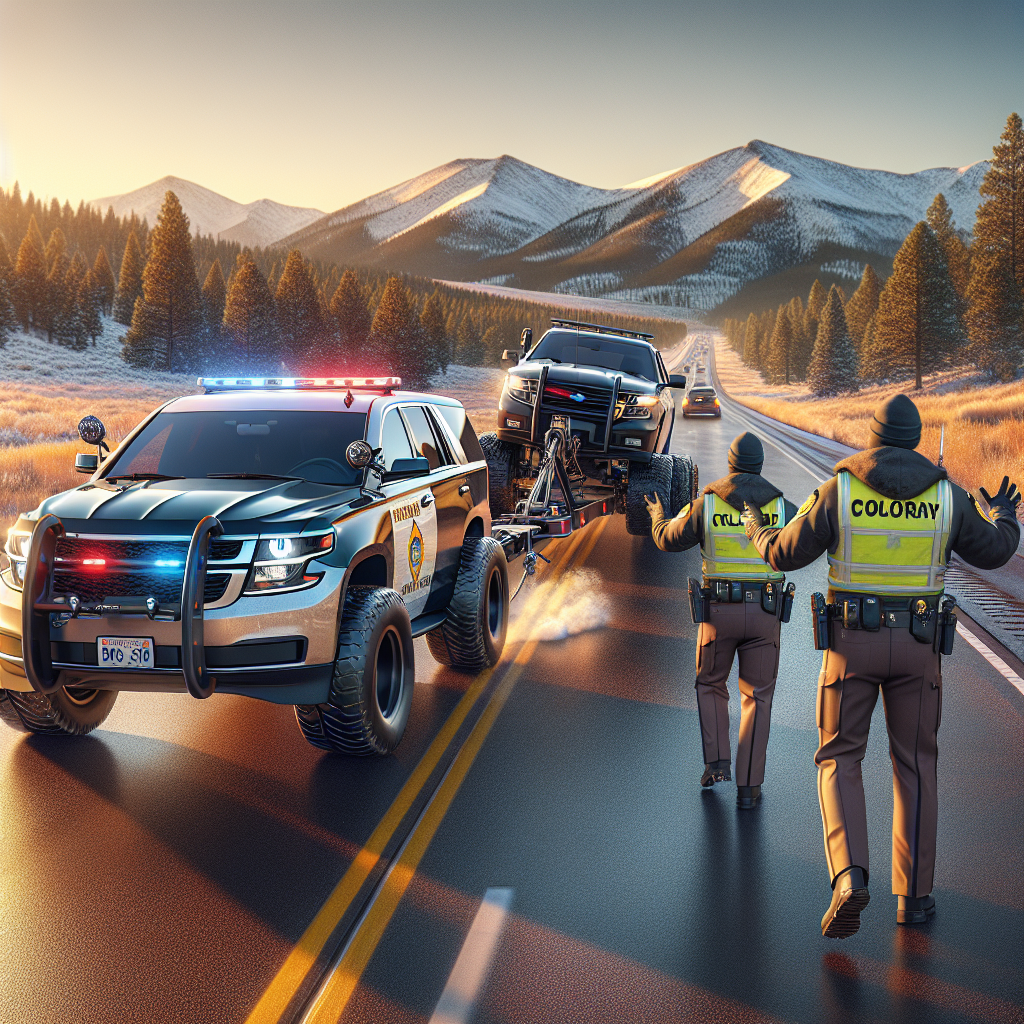Understanding Idaho’s Speeding Problem: Culture, Causes, Consequences
Speeding isn’t unique to Idaho, but the state’s culture, open roads, and lax enforcement have created a recipe for higher-than-average traffic speeds. In this article, we dive into what drives Idahoans to push the pedal, the ripple effects on public safety, and how communities and agencies are stepping up to curb the trend.
The Culture of Speed in Idaho
Idaho’s vast stretches of rural highway and low population density give drivers a sense of freedom. It’s not unusual to see pickups and SUVs cruising well above posted limits on two-lane roads. This driving style has become part of local lore and practical routine.
Key factors shaping this culture include:
- Wide-open spaces with minimal traffic signals
- Strong car and truck culture, where roadworthiness often equals power and speed
- Economic reliance on agriculture and commerce routes that prioritize fast delivery
When speeding feels normal, it can be hard to recognize the real risks. According to the National Highway Traffic Safety Administration, even small increases over the limit significantly reduce the time drivers have to react to obstacles.
Causes Behind the High Speeds
Understanding why people speed is the first step toward change. Several intertwined causes feed the problem in Idaho:
1. Infrastructure and Road Design
Many rural stretches lack the guardrails, rumble strips, or electronic speed feedback signs found in urban areas. Without visual cues that demand caution, drivers maintain higher speeds long after it’s safe.
2. Enforcement Gaps
Idaho’s law enforcement agencies cover large territories with limited resources. In sparsely populated counties, a single patrol car may be responsible for hundreds of miles of road each shift. That makes routine speed monitoring a challenge.
3. Attitudes and Perception
Local attitudes toward speeding often skew positive. Many residents see it as a harmless shortcut rather than a serious risk. A survey by AAA found that nearly half of drivers nationwide admit to exceeding speed limits when they believe enforcement is lax.
4. Economic Pressures
Farmers, delivery drivers, and commuters feel pressure to hit deadlines and schedules. Speeding becomes a method to save time, even if those savings come at the expense of safety.
Consequences of Excessive Speed
When cars travel too fast, collisions are more likely to happen and more likely to be severe. In Idaho, speeding-related crashes have a higher fatality rate than the national average. Here’s why:
- Reduced Reaction Time: Higher speeds leave drivers less time to brake or steer around obstacles.
- Increased Stopping Distance: Every 5 mph over the limit adds several feet to the stopping distance.
- Heightened Crash Impact: Crash forces rise exponentially with speed, causing more damage to vehicles and passengers.
- Greater Risk on Rural Roads: Lack of lighting, curves, and oncoming traffic amplify the danger.
A report from the Idaho Transportation Department shows that speeding played a role in over 25% of fatal crashes in recent years. Beyond injuries and lives lost, communities absorb economic costs, from emergency response to healthcare and lost productivity.
Strategies for Change
Addressing Idaho’s speeding problem requires a mix of education, enforcement, and engineering. Here’s what’s working in other states and could be adapted in Idaho:
- Variable Speed Limits: Adjust limits based on traffic volume, weather, and time of day, improving compliance.
- Automated Speed Enforcement: Photo radar in high-risk zones reduces speeding with fewer patrol officers.
- Community Education Campaigns: School programs and local outreach raise awareness about the real dangers of speeding.
- Road Design Improvements: Adding roundabouts, rumble strips, and better signage calms traffic.
- Regular Data Analysis: Using crash and citation data to target hotspots for focused interventions.
One promising example is Washington’s Traffic Safety Camera Program, which has seen significant speed reductions in school zones and work areas. Idaho could pilot similar initiatives in its busiest corridors.
Resources and Further Reading
For drivers and community leaders interested in tackling speeding, here are some helpful resources:
- How to Create Safer Roads: CSS Roadmap (internal link)
- Understanding Driver Behavior: How to Create a Class in Python (internal link)
- Professional Development in Traffic Safety: Python Developer Job Description (internal link)
Conclusion
Speeding in Idaho is more than a traffic ticket issue—it’s a cultural and infrastructural challenge that impacts everyone on the road. Recognizing the root causes, from rural road designs to enforcement gaps, is essential for crafting effective solutions. By combining targeted engineering changes, community education, and smart enforcement, Idaho can make its roads safer without sacrificing the sense of freedom drivers love. The key is cooperation among agencies, local leaders, and everyday motorists to slow down and look out for one another.





